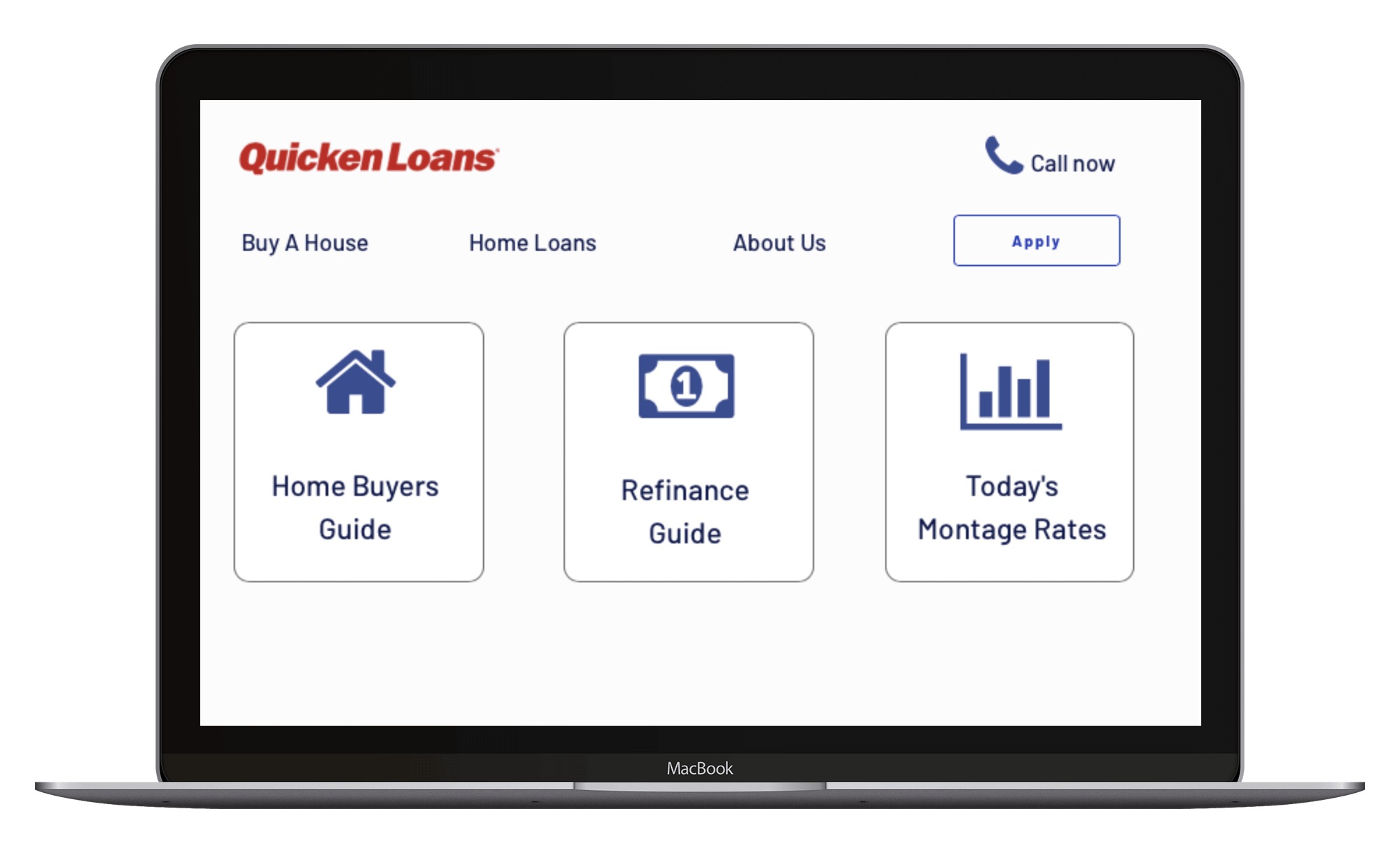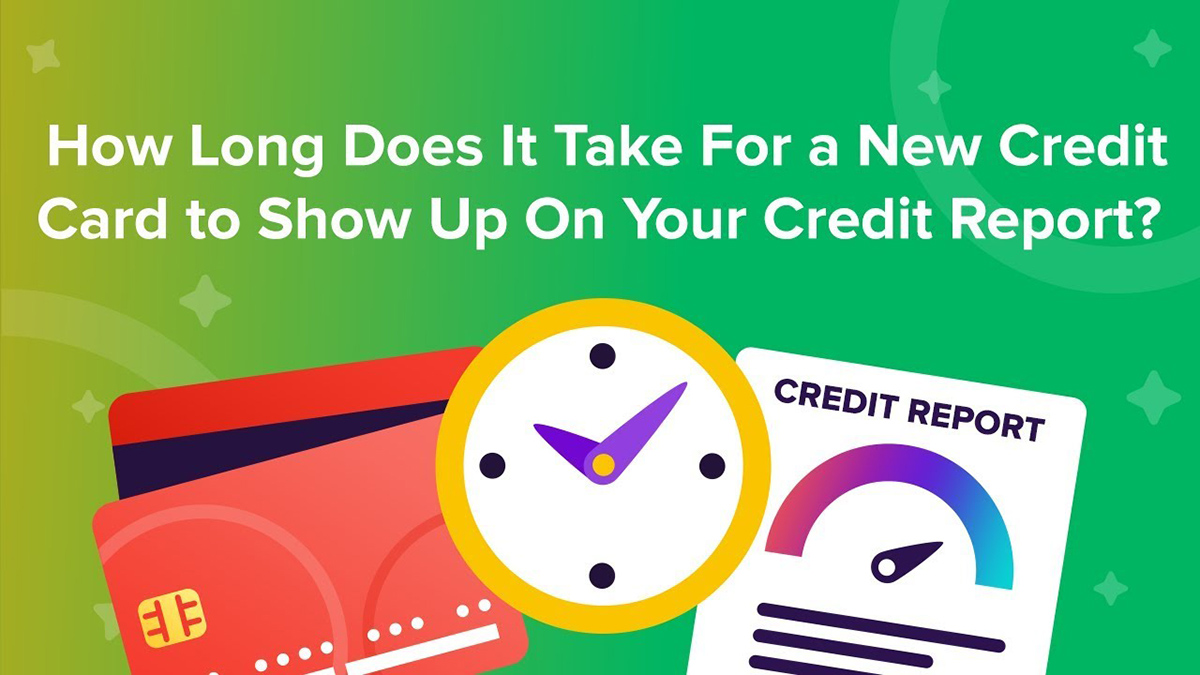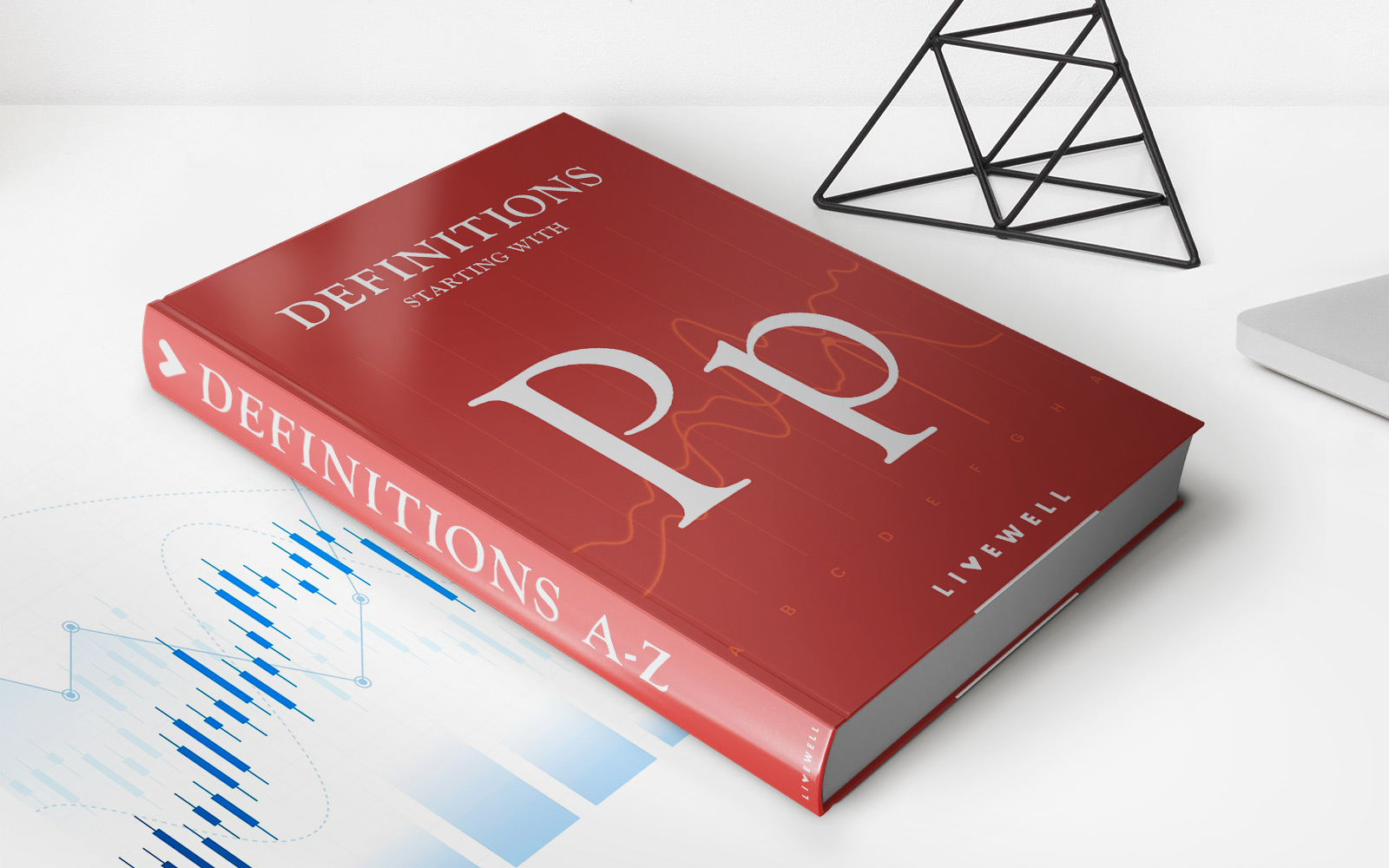

Finance
Does A Credit Card Show What You Bought
Published: October 24, 2023
Discover how credit card transactions can impact your financial privacy and whether your purchases are visible on your statement. Learn more about finance and credit card transparency.
(Many of the links in this article redirect to a specific reviewed product. Your purchase of these products through affiliate links helps to generate commission for LiveWell, at no extra cost. Learn more)
Table of Contents
- Introduction
- Understanding Credit Card Statements
- Privacy and Security of Credit Card Transactions
- Does a Credit Card Statement Show What You Bought?
- Factors That Determine What Appears on a Credit Card Statement
- Merchant Category Codes (MCCs)
- Anonymous Transactions
- Online Versus In-Store Purchases
- Alternative Payment Methods
- Conclusion
Introduction
When it comes to personal finances, credit cards have become a staple tool for many individuals. They offer convenience, security, and the ability to make purchases without carrying cash. However, there is often confusion and concern about what information is disclosed on credit card statements, particularly when it comes to the details of specific purchases.
Understanding how credit card statements work and what information is revealed can help alleviate any privacy concerns and provide peace of mind. In this article, we will explore the intricacies of credit card statements and answer the burning question: does a credit card statement show what you bought?
Before diving into the specifics, it’s important to note that credit card statements serve several essential purposes. They not only provide a record of the transactions made during a billing cycle but also act as a summary of the outstanding balance, minimum payment due, and any fees or interest charges incurred. Credit card statements are a crucial tool in managing finances and monitoring expenditure.
Now, let’s delve into the details of how credit card statements work and what information is disclosed to better understand if your purchases are revealed.
Understanding Credit Card Statements
Credit card statements are financial documents that provide a detailed overview of your credit card activity during a specific period, typically a monthly billing cycle. They contain vital information such as the date, amount, and description of each transaction, as well as the merchant’s name and location.
Aside from transaction details, credit card statements also include other important information, such as your current balance, available credit limit, minimum payment due, and any fees or interest charges. It’s crucial to review your credit card statement carefully to ensure accuracy and detect any unauthorized transactions.
Most credit card issuers offer both physical statements sent through mail and electronic statements accessed online. Online statements have become increasingly popular due to their convenience and environmental benefits. These statements can be viewed and downloaded securely from your issuer’s website or mobile app.
Understanding the layout and terminology of a credit card statement is key to making informed financial decisions and managing credit card debt effectively. The statement will generally include the following sections:
- Account Summary: This section provides an overview of your account, including the previous balance, payments made, new charges, interest charges, and the current balance. It helps you track your spending and the impact it has on your overall credit card balance.
- Transaction Details: This is where you’ll find a comprehensive list of all transactions made during the billing cycle. Each transaction will be displayed with the date, merchant name, transaction amount, and any additional details such as the location or description of the purchase.
- Interest Charges and Fees: Any interest charges, annual fees, late payment fees, or other types of fees will be outlined in this section. It’s essential to review these charges to maintain control over your credit card expenses and identify any discrepancies.
- Payment Information: This section provides information on your payment due date, minimum payment amount, and payment options. It’s important to make at least the minimum payment by the due date to avoid late payment fees and negative impacts on your credit score.
- Additional Information: Some credit card statements may include additional information, such as promotional offers, rewards points summary, or educational resources to help you better understand your credit card benefits and usage.
By familiarizing yourself with these sections and regularly reviewing your credit card statements, you can stay on top of your finances and ensure the accuracy of your transactions.
Privacy and Security of Credit Card Transactions
When it comes to using credit cards for transactions, privacy and security are paramount concerns for cardholders. It is essential to understand the measures in place to protect your personal and financial information during credit card transactions.
Credit card transactions are secured through various technologies and protocols that ensure your sensitive data is encrypted and safeguarded. The Payment Card Industry Data Security Standard (PCI DSS) is a set of security standards established by major credit card companies to protect cardholder data during transactions.
When you make a purchase using your credit card, the merchant collects the necessary payment information, such as the card number, expiration date, and CVV code. This information is securely transferred to the card issuer’s payment processing network, where it undergoes encryption to prevent unauthorized access.
The encrypted payment information is then transmitted to the card issuer or the acquiring bank, where it is decrypted and verified. The issuer or acquiring bank communicates with the merchant’s bank to facilitate the transfer of funds and complete the transaction.
During this entire process, your personal information remains protected by the encryption protocols in place. The merchant receives only the necessary details to process the transaction and does not have access to your full card details. This helps minimize the risk of unauthorized use of your credit card information.
To further enhance the security of credit card transactions, many issuers provide additional layers of protection. One common method is the use of a unique security code called a CVV or CVC code. This three-digit number, typically found on the back of the card, provides an extra layer of verification during online or phone transactions.
In recent years, the adoption of contactless payment methods, such as NFC-enabled cards and mobile wallets, has gained popularity. These methods utilize near-field communication (NFC) technology to securely transmit payment information between the card or device and the merchant’s payment terminal. The use of tokenization, where a unique token is generated for each transaction, adds an extra layer of security by ensuring that your actual card information is not transmitted during the transaction.
It’s important to note that while credit card transactions offer a high level of security, it’s still crucial for cardholders to be vigilant and take precautions to protect their personal information. This includes keeping your card details safe, regularly monitoring your credit card statements for any unauthorized charges, and promptly reporting any suspicious activity to your card issuer.
By understanding the privacy and security measures in place for credit card transactions, you can confidently use your credit card knowing that appropriate precautions are taken to protect your information.
Does a Credit Card Statement Show What You Bought?
One of the biggest concerns for credit card users is whether their credit card statement will reveal the specific details of what they purchased. The answer to this question depends on various factors, including the merchant’s data reporting practices and the type of transaction made.
In general, credit card statements provide a summary of transactions, including the merchant’s name, transaction date, and transaction amount. However, they do not typically disclose the specific items or services purchased. For example, if you made a purchase at a grocery store, the credit card statement would display the merchant’s name, such as “ABC Supermarket,” and the total amount spent, but it would not list all the individual items you bought.
The level of detail displayed on your credit card statement can depend on the merchant’s reporting practices. Some merchants may provide more specific information, such as a description of the purchase or an itemized list of products, while others may only provide minimal details. However, it’s essential to note that merchants are not required to disclose the specific items on your credit card statement.
Notably, certain transactions may provide more detailed information on your credit card statement. For example, if you made a reservation at a hotel or booked a flight, the statement may include the dates, location, or flight numbers associated with the transaction. These details are necessary for record-keeping purposes and to help you identify and reconcile your expenses.
Additionally, it’s worth considering the platform or method used for the transaction. Online purchases are typically less likely to display specific item details on a credit card statement compared to in-store purchases. Online transactions often use a payment gateway that only provides the minimal necessary information to complete the purchase securely.
Furthermore, certain transactions offer a level of anonymity. For example, when you use your credit card to make a donation to a charitable organization or contribute to a political campaign, the statement may only display the name of the organization or campaign without disclosing the specific cause or candidate supported.
It’s also important to keep in mind that credit card statements are intended for personal use and should be kept confidential. While the statement may not explicitly reveal the itemized details of your purchases, it’s essential to protect your statement from unauthorized access to maintain your privacy.
In summary, while credit card statements may disclose the merchant’s name and transaction amount, they typically do not provide a comprehensive list of the specific items or services purchased. The level of detail displayed on your statement can vary depending on the merchant’s reporting practices and the type of transaction. It’s important to review your credit card statement regularly to ensure the accuracy of transactions and to take necessary steps to safeguard your statement for privacy purposes.
Factors That Determine What Appears on a Credit Card Statement
Several factors determine what information appears on a credit card statement, including the merchant’s data reporting practices, the type of transaction, and the payment processing system used. Understanding these factors can help shed light on the details that may be disclosed on your statement.
Merchant Data Reporting Practices: Merchants have control over the level of detail they provide on credit card statements. Some merchants choose to include additional information, such as a description or itemized list of products, while others only provide basic transaction details. However, it’s important to note that merchants are not required to disclose specific items on a credit card statement.
Transaction Type: The type of transaction made can influence the level of detail displayed on the credit card statement. For example, purchases made at retail stores or online marketplaces may typically appear with the merchant’s name and the total transaction amount, without listing the specific items bought. On the other hand, transactions such as hotel reservations or flights may include additional details such as dates, location, or flight numbers for record-keeping purposes.
Payment Processing System: The payment processing system used by the merchant can also affect what appears on the credit card statement. When making purchases online, payment gateways are often used to securely process transactions and protect sensitive data. These gateways typically provide minimal details necessary to complete the transaction, which may result in less item-specific information displayed on the statement.
Industry Regulations and Compliance: Certain industries, such as healthcare or financial services, may have stricter regulations regarding the disclosure of transaction details on credit card statements. These industries prioritize privacy and may limit the level of detail displayed to protect sensitive information. Compliance with industry regulations and data protection standards plays a significant role in determining what appears on the statement.
Payment Method: The payment method used can also influence the information displayed on the credit card statement. If you make a payment using alternative methods like digital wallets or third-party payment platforms, the statement may show the payment as being made to the platform rather than the specific merchant. This adds an extra layer of privacy and may not reveal the exact nature of the purchase.
Cardholder Preferences: Some credit card issuers provide cardholders with the option to customize the level of detail displayed on their statements. Cardholders can choose between a summarized statement that only includes basic merchant information or an itemized statement that provides more detailed transaction information. This flexibility allows cardholders to align their statement preferences with their privacy concerns.
It’s important to remember that even though a credit card statement may not provide a comprehensive list of the specific items or services purchased, it’s essential to treat the statement as confidential and protect it from unauthorized access. Regularly reviewing statements, monitoring transaction activity, and promptly reporting any discrepancies to the card issuer can help ensure the accuracy and security of your credit card transactions.
Merchant Category Codes (MCCs)
Merchant Category Codes (MCCs) play a significant role in determining the information displayed on a credit card statement. MCCs are numerical codes assigned to businesses by credit card networks, such as Visa, Mastercard, and American Express, to categorize the type of goods or services they offer. These codes help in differentiating and tracking transactions made at various merchants.
Each merchant is assigned a specific MCC that corresponds to their primary line of business. For example, a restaurant might have an MCC of 5812, while a clothing store might have an MCC of 5651. The MCC is embedded in the transaction details and is part of the information displayed on the credit card statement.
The MCC provides a broad categorization of the merchant without disclosing specific item details. It allows credit card issuers and individuals to gain insight into the types of businesses where the card has been used. However, the MCC alone does not provide a comprehensive breakdown of the specific products or services purchased.
For instance, if you made a purchase at a department store, the credit card statement may display the MCC as 5311 (Department Stores), but it won’t list each individual item you bought. Similarly, if you dined at a restaurant, the statement may show the MCC as 5812 (Eating Places and Restaurants), but it won’t disclose the specific food or drinks ordered.
MCCs serve several purposes beyond transaction categorization. They also help determine how certain transactions are classified for reporting and reward programs. For example, credit card issuers may provide extra cashback or rewards points for transactions made at specific MCC categories, such as gas stations, grocery stores, or travel agencies.
It’s important to note that while the MCC provides general information about the type of merchant, it does not reveal personal details or specific purchases. Your credit card statement will display the MCC alongside the merchant’s name, transaction amount, and other relevant details, enabling you to track your spending and identify any unauthorized activity.
Furthermore, it’s worth mentioning that MCCs are subject to periodic updates and adjustments by credit card networks. This ensures that new types of businesses can be appropriately categorized as they emerge.
In summary, Merchant Category Codes (MCCs) help classify transactions based on the type of merchant. They provide general information about the line of business but do not disclose specific item details on a credit card statement. MCCs enable card issuers and individuals to track and categorize transactions effectively while maintaining the cardholder’s privacy and security.
Anonymous Transactions
When it comes to credit card transactions, the concept of anonymity can raise questions regarding the level of privacy and the disclosure of personal information. While credit card transactions generally require authentication and provide a level of traceability, some transactions can be more anonymous than others.
Anonymous transactions refer to purchases made without revealing personal identifying information to the merchant. These transactions offer a layer of privacy and can be helpful in certain situations or for those who value their anonymity.
One method of achieving anonymity in credit card transactions is through the use of prepaid or gift cards. These cards can be purchased with cash or online without requiring personal identification. When used for transactions, the prepaid or gift card information is used instead of the cardholder’s actual credit card details. This way, the merchant only sees the details associated with the prepaid card rather than the cardholder’s personal information.
Another way to maintain some level of anonymity is by utilizing online payment platforms or mobile wallet services. These platforms often provide an additional layer of privacy as the merchant receives payment from the platform rather than directly from the cardholder. Examples of these platforms include PayPal, Apple Pay, and Google Wallet. By using these services, the actual credit card information is not shared with the merchant, providing a degree of anonymity.
It’s essential to note that while prepaid cards and online payment platforms can offer some anonymity, they are not entirely foolproof. Certain transaction details, such as the date, time, and transaction amount, will still be recorded and visible to the merchant and credit card network. Additionally, these platforms may have their own privacy policies regarding data usage and retention, which cardholders should be aware of.
It’s also worth mentioning that in certain situations, such as legal or financial proceedings, law enforcement investigations, or when required by regulatory authorities, credit card transaction information can be accessed by authorized parties. This means that even if a transaction is initially anonymous, it may still be possible for authorized entities to obtain relevant information under certain circumstances.
Ultimately, the level of anonymity in credit card transactions can vary depending on the payment method and the steps taken to protect personal information. It’s essential for individuals who value anonymity to be informed about the privacy policies and practices of the payment methods they choose to use, as well as any legal requirements that may affect their transaction data.
While anonymous transactions offer some privacy, it’s important to strike a balance between privacy and abiding by legal and financial responsibilities. Individuals should use discretion and understand the potential limitations of anonymity in credit card transactions.
Online Versus In-Store Purchases
When it comes to credit card transactions, there are distinct differences between online and in-store purchases in terms of convenience, security, and the amount of information disclosed. Understanding these differences can help consumers make informed choices when deciding between online and in-store shopping.
Convenience: One of the major advantages of online purchases is the convenience it offers. With just a few clicks, you can browse through a wide range of products and make purchases from the comfort of your own home. Online shopping eliminates the need for physical travel and provides access to a broader selection of merchants and products. On the other hand, in-store purchases allow for immediate gratification, the ability to physically inspect products before purchase, and the opportunity to seek assistance from sales associates.
Information Disclosure: Online purchases often require the input of personal information, such as your name, billing address, shipping address, and credit card details. This information is necessary to process the transaction and ensure secure delivery of the purchased items. In-store purchases, however, typically do not require the same level of personal information. When making an in-store purchase, you usually need to present your credit card or provide minimal identifying information, such as a signature or ID verification, in order to complete the transaction.
Transaction Security: Both online and in-store purchases can be secure when proper precautions are taken. Online transactions often utilize encryption technology and secure payment gateways to protect personal and financial information. Reputable online merchants also employ stringent security measures to safeguard customer data. In-store purchases benefit from the physical presence of the card and verification procedures, such as the requirement to input a PIN or provide a signature at the point of sale. It’s important to note that while security measures are in place, consumers should remain cautious and shop with trusted merchants to minimize the risk of fraud.
Privacy: When it comes to privacy, online and in-store purchases can differ in the level of personal information disclosed. Online purchases may require providing personal details that are necessary for processing, shipping, and potentially marketing purposes. In-store purchases generally require less personal information, although this can vary depending on the merchant and the nature of the transaction. It’s important to review the privacy policies of online retailers and understand how your personal information will be used and protected.
Transaction Documentation: Both online and in-store purchases generate transaction records that appear on your credit card statement. Online purchases may provide additional documentation such as order confirmation emails or receipts that are sent to your email address. In-store purchases typically involve a physical receipt that you receive at the point of sale. It is important to keep these records for tracking purposes and as proof of purchase, especially for potential returns or disputes.
In summary, online and in-store purchases offer different advantages and considerations. Online shopping provides convenience and access to a wide range of products, but requires the input of personal information. In-store shopping allows for immediate gratification and minimal personal information disclosure but may have a more limited selection. Regardless of the method chosen, it’s important to prioritize security, verify the credibility of merchants, and protect personal information to ensure a safe and enjoyable shopping experience.
Alternative Payment Methods
In addition to traditional credit card transactions, there are several alternative payment methods available that offer different features and benefits. These methods provide additional options for consumers to make purchases securely and conveniently. Let’s explore some popular alternative payment methods:
1. Mobile Wallets: Mobile wallet services, such as Apple Pay, Google Pay, and Samsung Pay, allow users to store their credit or debit card information securely on their smartphones. These digital wallets use near-field communication (NFC) technology to enable contactless payments at compatible payment terminals. Mobile wallets offer convenience, speed, and an added layer of security as they generate unique payment codes for each transaction, keeping the actual card information secure.
2. PayPal: PayPal is a widely used online payment platform that allows users to link their credit cards, debit cards, or bank accounts to their PayPal account. With PayPal, users can make payments online without having to disclose their financial information to the merchant. PayPal offers a level of buyer protection and is accepted by a vast number of online retailers.
3. Cryptocurrencies: Cryptocurrencies, such as Bitcoin and Ethereum, have gained popularity as alternative forms of payment. These digital currencies use blockchain technology to securely process and verify transactions. Cryptocurrency transactions provide a level of anonymity, as they do not require the disclosure of personal information. However, it’s important to note that not all merchants accept cryptocurrencies, and their value can be volatile.
4. Contactless Cards: Contactless cards utilize the same NFC technology as mobile wallets. These cards have an embedded chip that allows users to make quick and secure payments simply by tapping or waving the card near a contactless-enabled payment terminal. They offer a convenient and hygienic payment experience, especially in environments where speed and minimal contact are desired.
5. Digital Bank Transfers: Some payment services enable direct bank transfers, allowing users to make payments directly from their bank accounts. This eliminates the need for credit or debit cards and may provide an added layer of security by avoiding the transmission of card information during the transaction.
Each alternative payment method has its unique features and benefits. When deciding which method to use, consider factors such as convenience, security, acceptance by merchants, and personal preferences. It’s important to ensure that the chosen payment method is supported by the merchant and aligns with your needs for privacy, ease of use, and security.
As technology continues to advance, more innovative payment methods are likely to emerge. It’s important to stay informed about the available options and keep in mind that while alternative payment methods offer convenience and security, traditional credit card transactions remain widely accepted and provide reliable and familiar payment options.
Conclusion
Credit card statements provide essential information regarding transactions made with your credit card, helping you manage your finances and track your expenses. While credit card statements do not typically disclose the specific items or services purchased, they provide valuable details such as the merchant’s name, transaction date, and transaction amount.
Factors such as the merchant’s data reporting practices, transaction type, and payment processing system can influence the level of detail displayed on your credit card statement. Understanding these factors can help alleviate concerns about privacy and ensure that your personal information is protected.
Additionally, it’s important to be aware of alternative payment methods that offer different features and benefits. Mobile wallets, digital bank transfers, cryptocurrencies, and contactless cards are among the options available that provide convenience and enhanced security for making purchases.
Ultimately, the choice between online and in-store purchases depends on personal preferences, convenience, and the level of information you are comfortable disclosing. It’s important to prioritize security, review privacy policies, and make informed decisions to protect your personal and financial information during credit card transactions.
By understanding credit card statements, being aware of privacy and security measures, and exploring alternative payment methods, you can confidently navigate the world of credit card transactions. Regularly reviewing your credit card statements, monitoring your purchases, and practicing safe online shopping habits will help ensure a secure and seamless spending experience.














